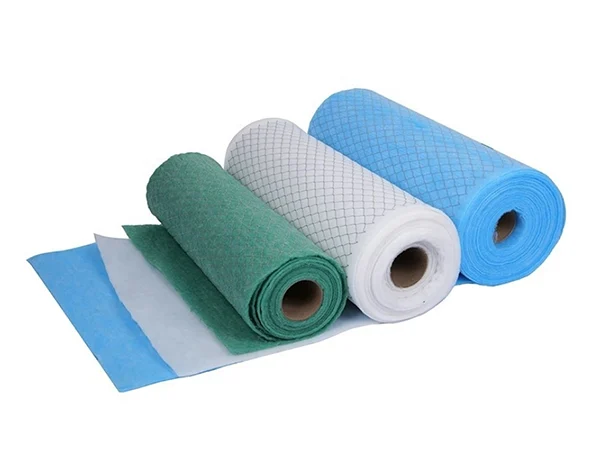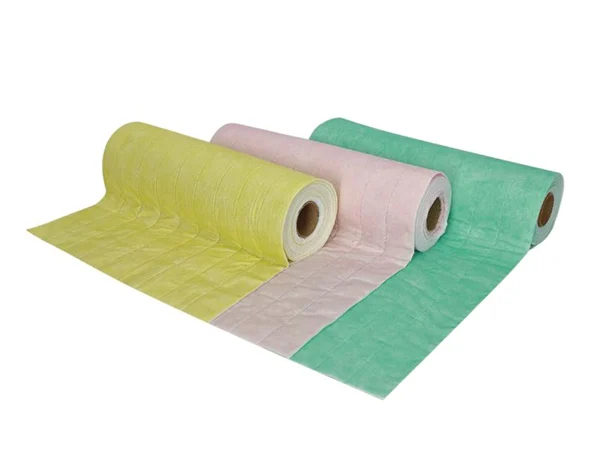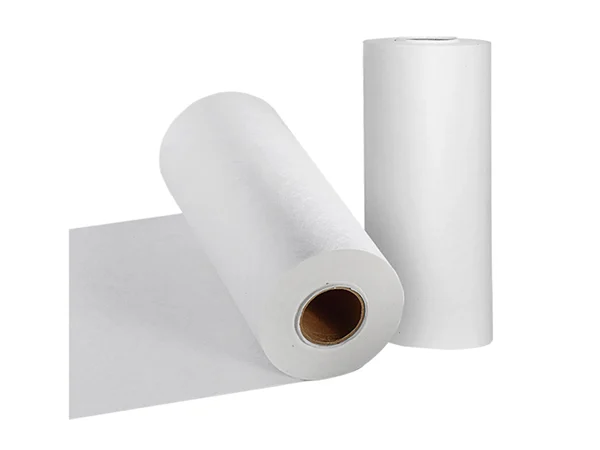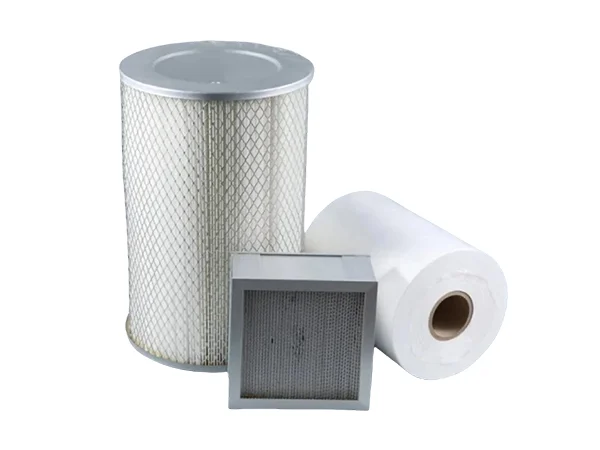Discussion on HEPA Filter from Primary to High Efficiency Filter Media
As PM0.3 and other micron-level particles have become major threats to indoor air quality, HEPA filters have emerged as an irreplaceable final barrier in clean environments. The selection, manufacturing process, and stability of their core filter media directly impact operational safety in high-cleanliness industries such as medical, semiconductor, biopharmaceutical, and new energy.
Here we will systematically review the full spectrum of air filtration material systems from primary to high efficiency grades, with a focused analysis on the process challenges and optimization strategies of HEPA filters – particularly those using glass fiber as the representative medium. Additionally, it will provide targeted filter media selection recommendations supported by cross-industry case studies.
Three-Stage Air Filtration System
- Primary Filter Media (G1–G4)
- Main materials: PET non-woven fabric (80–100 g/m2) + metal mesh support layer.
- Function: Captures large particles ≥ 5 μm (e.g., hair, dust) to protect downstream filter elements.
- Key parameters:
- Filtration efficiency: 70% – 90%.
- Air resistance: ≤ 30 Pa (air velocity 2 m/s).
- Medium-Efficiency Filter Media (M5–F9)
- Material structure: PP/PET composite filter paper + electret-treated fiber layer.
- Technical features:
- Graded filtration from 20 μm to 5 μm for deep filtration.
- Electret charge enhances capture of 0.5–1 μm particles, increasing dust holding capacity by 40%.
- Filtration performance: PM2.5 retention rate reaches 95% – 98% at F9 grade.
- High-Efficiency Filter Media (HEPA Filter, H10–U17)
- Core material:
- Ultrafine glass fiber filter paper (fiber diameter 0.3–0.5 μm).
- Composite coatings (PP, PTFE) for enhanced strength and functionality.
- Performance
- Filtration efficiency ≥ 99.97% for 0.3 μm particles.
- Features multiple advantages, including self-cleaning, moisture resistance, and oil repellency.
Primary-efficiency filter media
Medium-efficiency filter media
Glass Fiber HEPA Filter
- Traditional Challenge: Brittleness limits processing efficiency.
- Conventional pleating equipment often causes filter paper damage during forming, resulting in a breakage rate of up to 15%.
- Fiber structure collapse is prone to occur during long-distance transport, leading to a 30% decrease in filtration efficiency.
- Process Innovation: Roll-pleating + thermal setting technology.
- Pleating system upgrades:
- Ceramic rollers replace metal blades, reducing contact damage by 60%.
- A spring-buffered V-shaped pleating device is better suited to the tension profile of glass fiber tension.
- Enhanced thermal setting:
- Sequential heating at 120 °C, 80 °C, and 40 °C solidifies the fiber structure.
- Nano-silica coating fills the gaps between fibers, effectively suppressing pleat rebound.
- Data Comparison: Traditional Process vs Optimized Solution
Table 1: Comparison of HEPA Filter Pleating Process Performance
| Process Method |
Breakage Rate |
Dust Holding Capacity (g/m2) |
0.3 μm Filtration Efficiency |
| Standard Blade Pleating |
0.152 |
280 |
0.9991 |
| Roller Precision Pleating |
0.008 |
420 |
0.9999 |
HEPA Filter Performance Breakthrough: Material Upgrades and Intelligent Manufacturing
- High-Performance Composite Material Design
- Three-layer structure:
- Middle layer: Ultra-fine glass fiber (50 μm).
- Support layer: PET nanoscale support mesh (30 μm).
- Surface layer: Antibacterial PP coating.
- Performance highlights:
- Bending resistance lifespan > 500,000 cycles (tested per ISO 16890).
- Efficiency loss < 2% in high humidity conditions (95% RH).
- Antimicrobial and anti-mold performance certified by ASTM F3502.
- Intelligent Pleating System: PLHP-700/1300
- Real-time tension fluctuation monitoring with automatic roller gap adjustment (accuracy ±0.05 mm).
- Supports multiple pleat profiles to enhance the effective filtration area and system airflow adaptability.
- Industry Application Cases
- Automotive cabin air filters: Glass fiber-PTFE composite filter media, 99.99% filtration efficiency for PM0.3, and passed 150 °C thermal shock test.
- Biopharmaceutical cleanrooms: U15-grade ultra-high efficiency filter media, combined with gel seal technology to meet ISO 14644 Class 5 cleanroom standard.
Three different forms of HEPA filters
HEPA Filter Selection Guide
Table 2: HEPA Filter Selection Guide
| Places |
Recommended Filter Media |
Efficiency Enhancement Solution |
| Household Air Purifier |
Electret PP |
Pleat height 45 mm + antibacterial coating |
| Hospital Operating Room |
Glass fiber-PTFE composite |
Aluminum frame sealing + ultrasonic welding |
| Chip Manufacturing Facility |
Glass fiber nanofilm |
Scan leak detection + pressure drop monitoring system |
| Automotive Cabin Air Filter |
PET/activated carbon composite |
Multi-faceted pleating |
Customization Support & Sample Request
- Free Sample: Apply for a 3-stage filter media trial pack (including test report).
- Technical Consultation: Contact our engineers to customize pleating parameters.
From capturing visible dust to blocking nanoparticles, the technological evolution of HEPA filters is not just a manufacturing challenge – it is a continuous commitment to safeguarding human respiratory health. We are dedicated to developing more robust, more efficient, and smarter HEPA filter solutions, protecting clean spaces today while advancing toward a healthier tomorrow.




